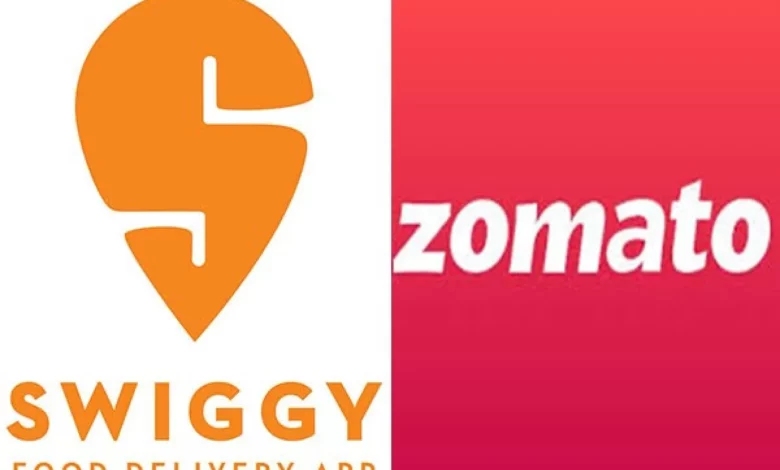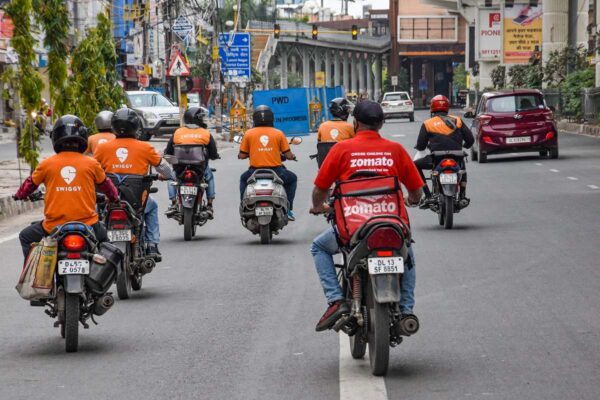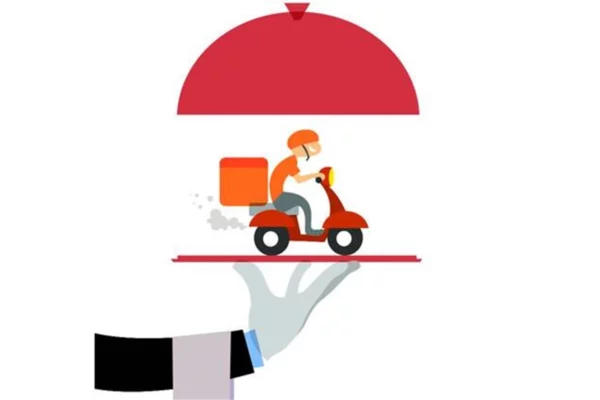Will Zomato Pay, Swiggy Diner Impact The Restaurant Industry Adversely In The Long Run? Why Should Restaurants Pay Commission?

Will Zomato Pay, Swiggy Diner Impact The Restaurant Industry Adversely In The Long Run? Why Should Restaurants Pay Commission?
HIGHLIGHTS
- After draining every last penny of income from the delivery sector, Zomato and Swiggy are attempting to establish a solid footing in the dine-in market. In a message to its members, NRAI
- Zomato’s and Swiggy’s rules of engagement with the eateries will change unilaterally as more customers shift their payment habits in response to the allure of discounts: NRAI
- When there is no commission on dine-in earnings, restaurants will wind up paying Zomato and Swiggy 4%–12% instead of the 1–1.5% that competitive payment gateways charge: NRAI
National Restaurants Association of India (NRAI), a trade organization, has launched a fierce attack on food tech giants Zomato and Swiggy over their new products.
Zomato Pay and Swiggy Diner, which the organization claimed might also have an “adverse influence” on the overall restaurant business, in the long run, were the subjects of advice from NRAI, which urged all of its partner establishments to make an “educated decision.”

The National Restaurant Association of India (NRAI), which questions why restaurants should pay a commission to the food delivery businesses for serving clients on their premises, has cautioned its members against joining the new dine-in programs launched by Zomato and Swiggy.
The new dine-in programs, such as Zomato Pay and Swiggy Diners, provide flat discounts to attract users to pay for dine-in food bills through their apps. The eateries will bear the deals.
In its advice, NRAI posed the fundamental question: “Why should a restaurant pay a commission to a middleman to provide a discount to its own customer?”
The group further said that the programs offer eateries no real benefits.
After extracting every penny of profit from the supply business, Zomato and Swiggy are attempting to establish a solid footing in the dine-in market. In a message to its members, NRAI
Zomato’s and Swiggy’s terms of engagement with the restaurants will change unilaterally when more people change their payment habits in response to discounts: NRAI
Whereas competitor fee gateways cost 1% to 1.5%, restaurants will pay Zomato and Swiggy 4% to 12% where there is no fee on dine-in revenues: NRAI
Business appearance Nationwide The Eating Places Association of India (NRAI) has launched a full-scale attack on food tech behemoths Zomato and Swiggy over their new options.
As a precaution, NRAI urged all of its partner restaurants to use Zomato Pay and Swiggy Diner wisely because the services could ultimately “adversely impact” the restaurant industry as a whole.
Zomato Pay enables joint dining establishments to concentrate on interaction by offering discounts and promotions to customers through the app. Additionally, it offers a paid service targeted at users of the app. However, Swiggy Diner enables users to reserve tables at restaurants at “discounted pricing.”
According to the business organization’s advisory to its members, “NRAI firmly believes that it is its inherent responsibility to appraise its members on the finer nuances of those large-scale packages and products as they not only affect the financial well-being of eating establishments but also can negatively impact the overall restaurant ecosystem in the long run.”

Zomato and Swiggy were described as “middlemen” by NRAI, which said that the food supply businesses were trying to establish an “agency foothold” in the dine-in sector after sucking the “last ounce of money” from the supply segment.
Additionally, NRAI claimed that the restaurants might be forced to pay the “exorbitant” costs of discounts and high commissions while the food tech companies sign up dine-in customers.
According to NRAI, “when more people alter their payment practices due to the allure of discounts and cashback, their terms of engagement with the restaurants will shift unilaterally.
According to the statement, intermediaries will now have free reign to invade the dine-in experience because they were denied access to critical information on restaurant supply customers.
The Bone Of Competition
According to NRAI, restaurants are required to offer discounts ranging from 15% to 40% to customers who choose to pay using their payment gateways.
The new dine-in options, under which restaurants must also pay a fee in the range of 4%-12% to implement Zomato’s and Swiggy’s payment gateways at their premises, were also criticized by the article.
Whereas rival fee gateway costs are 1–1.5%, restaurants will pay 4%–12% over time in regions where there isn’t a levy on dine-in profits, it was reported.
The weekly payouts appear to be another level of competition among the restaurateurs. Large-volume eateries risk having their money held hostage by food tech companies for weeks on end, which will reduce the amount of liquidity available to them.
The NRAI also criticized the businesses for the rivalry in which restaurants guarantee to give discounts to anyone who uses Zomato Pay or Swiggy Diner, even if the customer simply walked in after finding the location on the corresponding apps.
Zomato Gold Comes Full Circle?

The standoff is a tribute to a similar dispute that broke out in 2019. While Zomato established its Gold membership level in 2017, restaurants that had grown tired of the model decided to “Logout” of the project, thereby terminating the dine-in option.
Under Zomato Gold, the food tech participant connected a selected group of restaurants offering previous significant discounts to reportedly high-spending ‘premium’ clients. The promise of “premium” prospects who would boost high-value transactions has been used to entice restaurants.
However, NRAI asserted that the membership was purchased by tens of millions of people, which diminished the restaurants’ “model value.”
The corporate body also claimed that Zomato Pay and Swiggy Diner were the two companies’ responses to revive the “Zomato Gold” membership in order to “widen the pie.”
It also criticized them for charging high transaction fees for deliveries, noting that the two platforms had been expanding into the dine-in market to increase their revenue.
Zomato and its rival Swiggy combined control 90–95% of the Indian food supply market, making it essentially a duopoly. According to Statista, the net meals supply phase is anticipated to generate earnings of up to $12.14 billion in 2022 and $20.27 billion by 2027.
edited and proofread by nikita sharma




